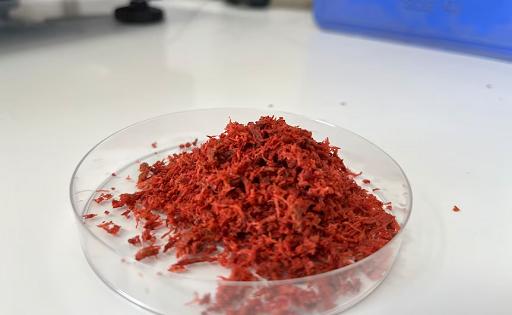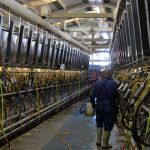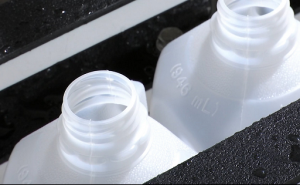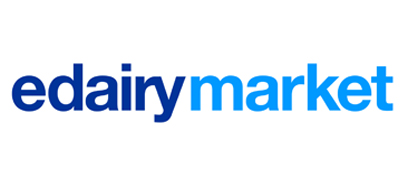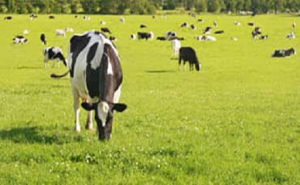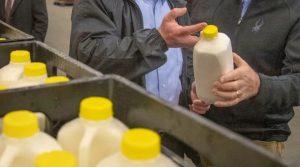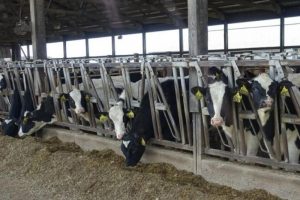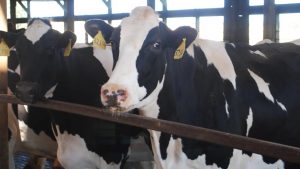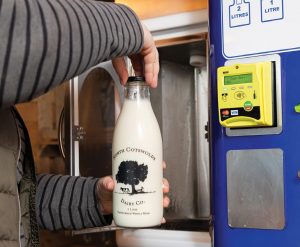
Unlocking Methane Reduction & Profit for Forward-Thinking Dairy Farms
The global dairy industry is on the cusp of a significant transformation, with new research highlighting the profound economic and environmental benefits of incorporating red seaweed as a feed supplement for dairy cows. This innovative approach promises not only to dramatically reduce a major greenhouse gas but also to deliver substantial financial gains for producers. As discussions around sustainable dairy farming intensify, red seaweed emerges as a compelling solution for the modern dairy farmer.
The core of this breakthrough lies in the supplement’s ability to significantly cut methane emissions from cows, with studies indicating a remarkable reduction of 80-90%. Beyond its environmental impact, red seaweed also demonstrably improves feed efficiency by an impressive 14%. For a typical 600-cow operation, these combined benefits could translate into an annual net financial gain ranging from $51,000 to $80,000. These figures account for potential carbon credit earnings and considerable feed cost savings, even after factoring in the cost of the supplement itself.
However, embracing this cutting-edge technology is not without its considerations. The article prudently advises caution regarding potential risks such as fluctuating carbon credit prices, sudden spikes in feed costs, and critical quality control issues related to the bromoform variation within the seaweed. Furthermore, improper storage of the supplement could undermine its efficacy, highlighting the need for meticulous management practices to fully harness the benefits of this feed additive innovation.
Notably, the adoption of red seaweed is rapidly transitioning from a voluntary environmental enhancement to a potential market access requirement. Increasingly, retailers and processors are demanding verifiable sustainability credentials from their suppliers, making methane reduction a crucial aspect of market participation. This shift underscores that proactive engagement with such technologies will soon become essential for maintaining competitive edge and securing market share in the evolving dairy supply chain.
For forward-thinking dairy producers, the strategic move now is to conduct thorough due diligence, meticulously model the potential economics for their operations, and prepare for the anticipated regulatory approvals, expected by mid-2026. This preparation will enable farms to strategically “dive in” and integrate red seaweed into their feeding programs, positioning themselves at the forefront of sustainable dairy production and securing a more profitable and environmentally responsible future.
You can now read the most important #news on #eDairyNews #Whatsapp channels!!!
🇺🇸 eDairy News INGLÊS: https://whatsapp.com/channel/0029VaKsjzGDTkJyIN6hcP1K
